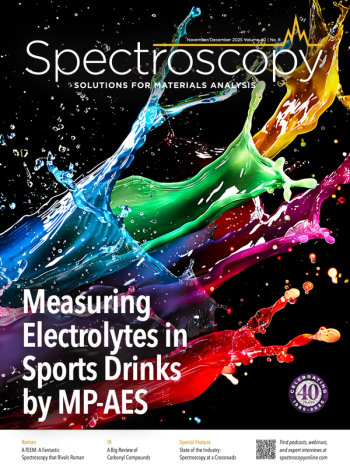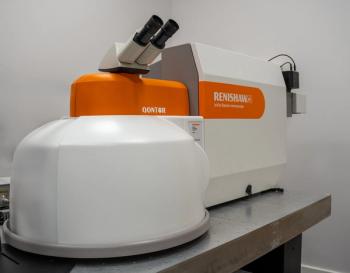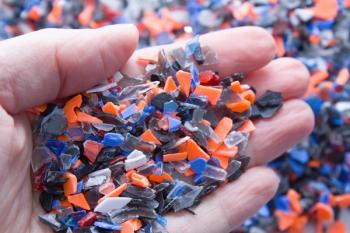
New ASTM Method Uses ICP–AES to Determine Composition of Aluminum Alloys
ASTM’s committee on analytical chemistry for metals, ores, and related materials has developed a new method for analyzing the composition of aluminum and aluminum alloys.
ASTM’s committee on analytical chemistry for metals, ores, and related materials has developed a new method for analyzing the composition of aluminum and aluminum alloys. The test will help manufacturers, consumers, and laboratories verify that an alloy’s composition is within the needed limits through inductively coupled plasma–atomic emission spectrometry (ICP–AES). This method will soon be published as E3061, Test Method for Analysis of Aluminum and Aluminum Alloys by Inductively Coupled Plasma Atomic Emission Spectrometry (Performance Based Method).
The new method is performance based, but it also provides established preparation and analysis techniques. Additionally, the standard establishes expected repeatability of this method.
“The composition of an aluminum alloy is one factor that determines the final properties of the metal, such as strength, hardness, and durability,” said ASTM member Jeneé Jacobs. He noted that ICP–AES is currently being used in many laboratories as a replacement for wet chemistry techniques and other outdated analytical methods.
Newsletter
Get essential updates on the latest spectroscopy technologies, regulatory standards, and best practices—subscribe today to Spectroscopy.



